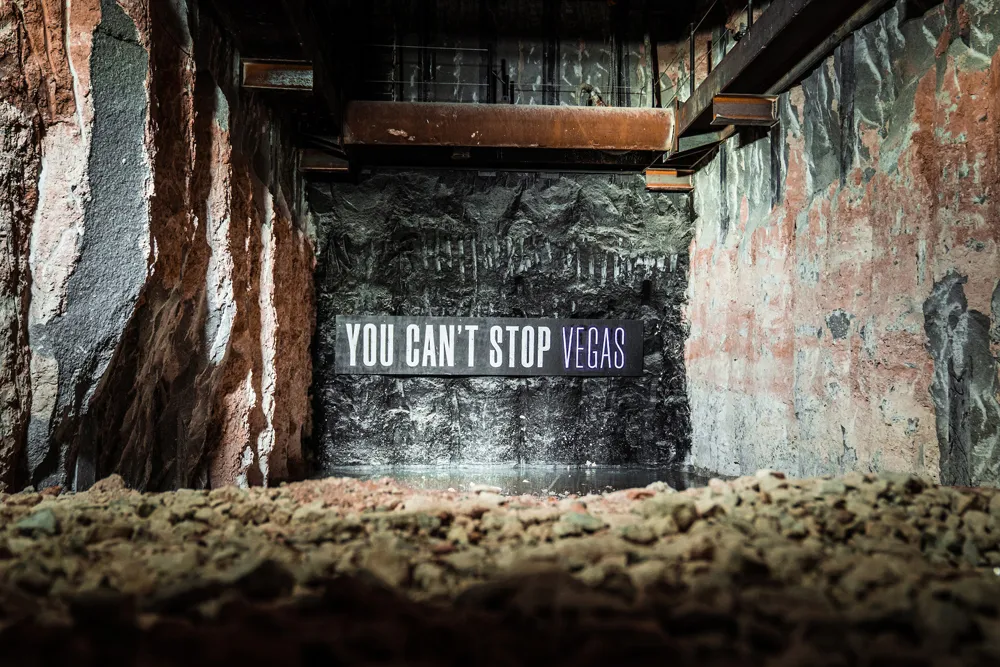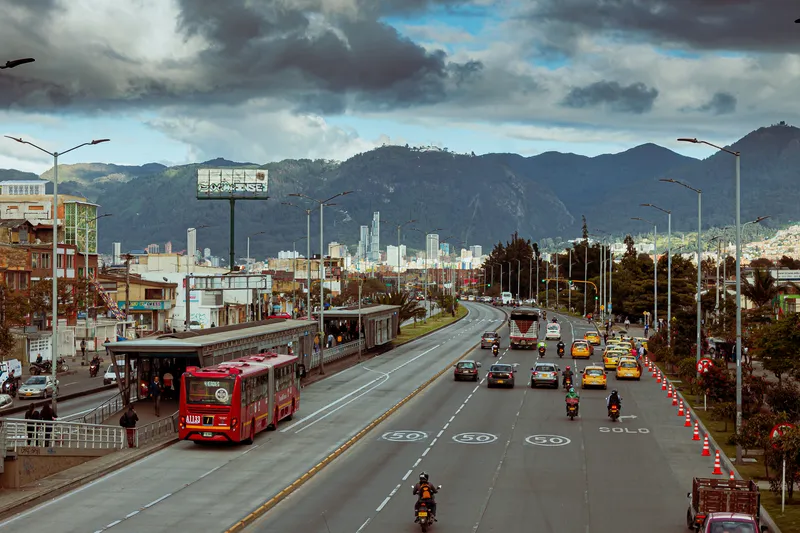The route of the London to Brighton Veteran Car Run, the world's longest-running motoring event, passes right by the end of the street where I live.
February 27, 2012
Read time: 4 mins

The route of the London to Brighton Veteran Car Run, the world's longest-running motoring event, passes right by the end of the street where I live. The Run has taken place most years since 1896 and to qualify to take part vehicles must have been built before 1905.
It's something of an institution: on the first Sunday of each November a stream of old crocks huff and chuff the 54 miles from Regent Street in the UK's capital down to the coast. Riders, most in period costume, wave to well-wishers at the roadside and - more than occasionally - stop to help others who've broken down or to retrieve some part or other of their car which has decided to fall off. It's a typically British event which glorifies the taking part rather than the winning. Indeed, it isn't even a race; participants aren't allowed to exceed an average speed of 20mph and the order in which cars finish is never published.
It's a snapshot of the almost totally mechanical world which existed when the car was born, a fact underscored by the RAC's launch this year of the Brighton to London Future Car Challenge. Going forward, this will take place on the Saturday preceding the Veteran Car Run and it reverses the long-established route, going from the coast and north back to Regent Street.
The new event showcases the low-energy impacts of the very latest automotive technologies - electrics, hybrids and cutting-edge internal combustion engines. But the decision to reverse the route is the bit that caught my attention. On the same day that the Future Car Challenge took place, I read that IBM is engaged in research to shrink the size of the world's most powerful supercomputer processors to the size of a sugar cube. That story contained some rather remarkable figures: 50 years ago, for instance, a single transistor cost one dollar whereas it now costs 1/100th of the price of printing a single letter on a page.
Think about that. It's a very strong visualisation of the fact that much of what we look to move around is knowledge and information. Once, the only way to do that was to meet face to face. But I was asked recently what I feel is the most carbon-efficient form of transport. My reply was email. Because we do not, in many respects, need to shift people around to do much of what it is we do.
We're coming at transport from exactly the wrong direction. We're still assuming that the application of technology to make things work better is the way forward. It isn't. The way forward is the application of technology to do things in new ways. Not journey reduction, but journey removal. Entirely. I started this year with a foreword which talked about working from home and recognising that 'coping' with transport demand is all a matter of perception. I'm ending the year more convinced than ever that what I said was right.
I'd love to watch superbly instrumented multimodal networks, safe, clean and congestion-free, spread like the most rapacious virus across a map of the world. The reality is that that isn't going to happen, certainly not overnight and probably never. The truth is, though, that many of the aims of such a network can already be achieved through other technological means.
Such a rethink of the application of technology has knock-on effects that are precisely those we're trying to achieve: overburdened infrastructure wears out more quickly, is less safe and contributes significantly to environmental pollution. At the moment, we're just continuing to try to force quarts into pint pots and conning ourselves that becoming more efficient at it is the way forward. The fact that so much stimulus funding around the world has gone into filling holes in the ground should be telling us that we're going awry.
Transport planning needs to start from a point much further back than it ever has before. The holes we should be in-filling are in our information networks as much as in our physical infrastructure. And if that manages to fill a few holes for a few policy people around here, here's the thing: I didn't even have to lift a shovel.
It's something of an institution: on the first Sunday of each November a stream of old crocks huff and chuff the 54 miles from Regent Street in the UK's capital down to the coast. Riders, most in period costume, wave to well-wishers at the roadside and - more than occasionally - stop to help others who've broken down or to retrieve some part or other of their car which has decided to fall off. It's a typically British event which glorifies the taking part rather than the winning. Indeed, it isn't even a race; participants aren't allowed to exceed an average speed of 20mph and the order in which cars finish is never published.
It's a snapshot of the almost totally mechanical world which existed when the car was born, a fact underscored by the RAC's launch this year of the Brighton to London Future Car Challenge. Going forward, this will take place on the Saturday preceding the Veteran Car Run and it reverses the long-established route, going from the coast and north back to Regent Street.
The new event showcases the low-energy impacts of the very latest automotive technologies - electrics, hybrids and cutting-edge internal combustion engines. But the decision to reverse the route is the bit that caught my attention. On the same day that the Future Car Challenge took place, I read that IBM is engaged in research to shrink the size of the world's most powerful supercomputer processors to the size of a sugar cube. That story contained some rather remarkable figures: 50 years ago, for instance, a single transistor cost one dollar whereas it now costs 1/100th of the price of printing a single letter on a page.
Think about that. It's a very strong visualisation of the fact that much of what we look to move around is knowledge and information. Once, the only way to do that was to meet face to face. But I was asked recently what I feel is the most carbon-efficient form of transport. My reply was email. Because we do not, in many respects, need to shift people around to do much of what it is we do.
We're coming at transport from exactly the wrong direction. We're still assuming that the application of technology to make things work better is the way forward. It isn't. The way forward is the application of technology to do things in new ways. Not journey reduction, but journey removal. Entirely. I started this year with a foreword which talked about working from home and recognising that 'coping' with transport demand is all a matter of perception. I'm ending the year more convinced than ever that what I said was right.
I'd love to watch superbly instrumented multimodal networks, safe, clean and congestion-free, spread like the most rapacious virus across a map of the world. The reality is that that isn't going to happen, certainly not overnight and probably never. The truth is, though, that many of the aims of such a network can already be achieved through other technological means.
Such a rethink of the application of technology has knock-on effects that are precisely those we're trying to achieve: overburdened infrastructure wears out more quickly, is less safe and contributes significantly to environmental pollution. At the moment, we're just continuing to try to force quarts into pint pots and conning ourselves that becoming more efficient at it is the way forward. The fact that so much stimulus funding around the world has gone into filling holes in the ground should be telling us that we're going awry.
Transport planning needs to start from a point much further back than it ever has before. The holes we should be in-filling are in our information networks as much as in our physical infrastructure. And if that manages to fill a few holes for a few policy people around here, here's the thing: I didn't even have to lift a shovel.









